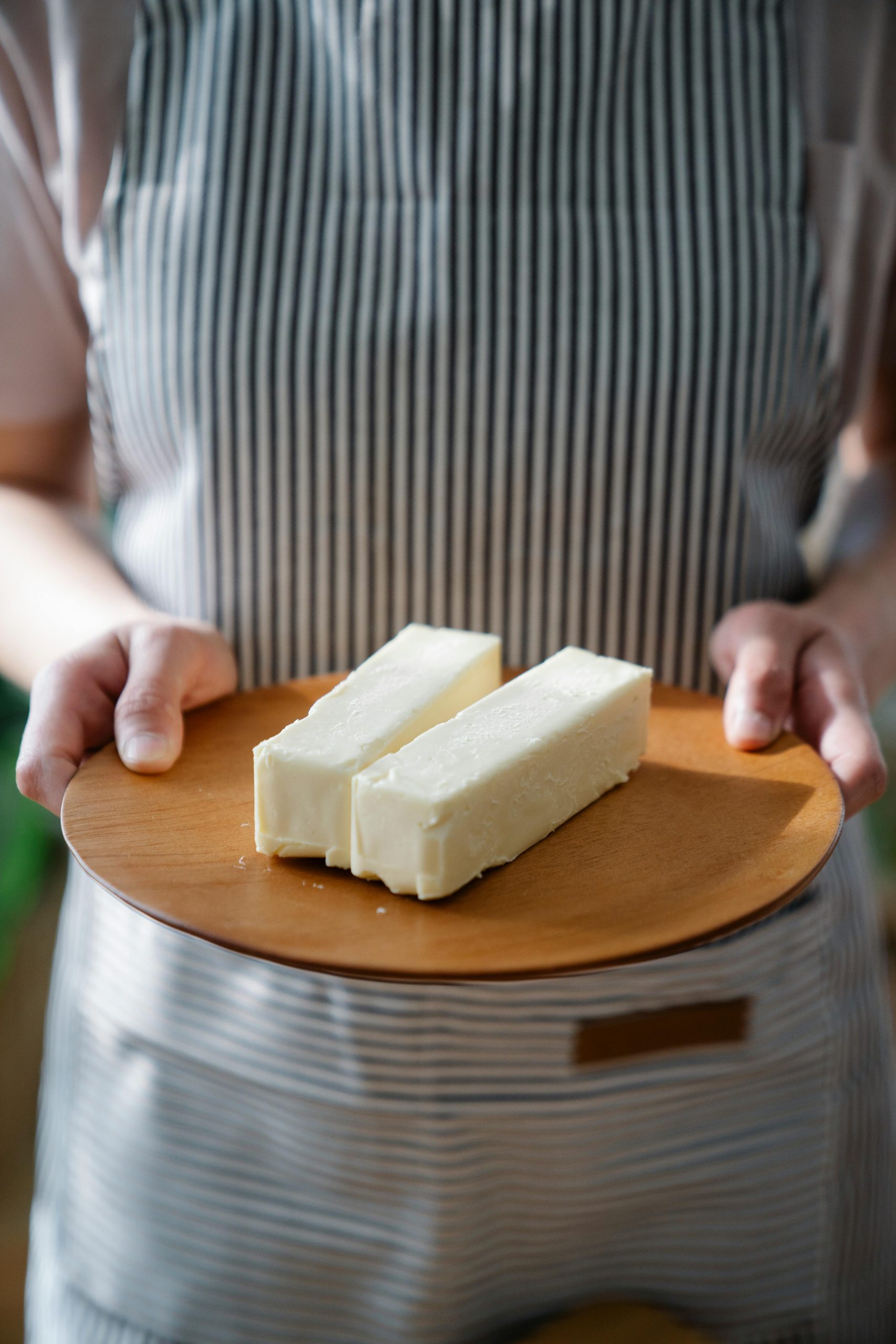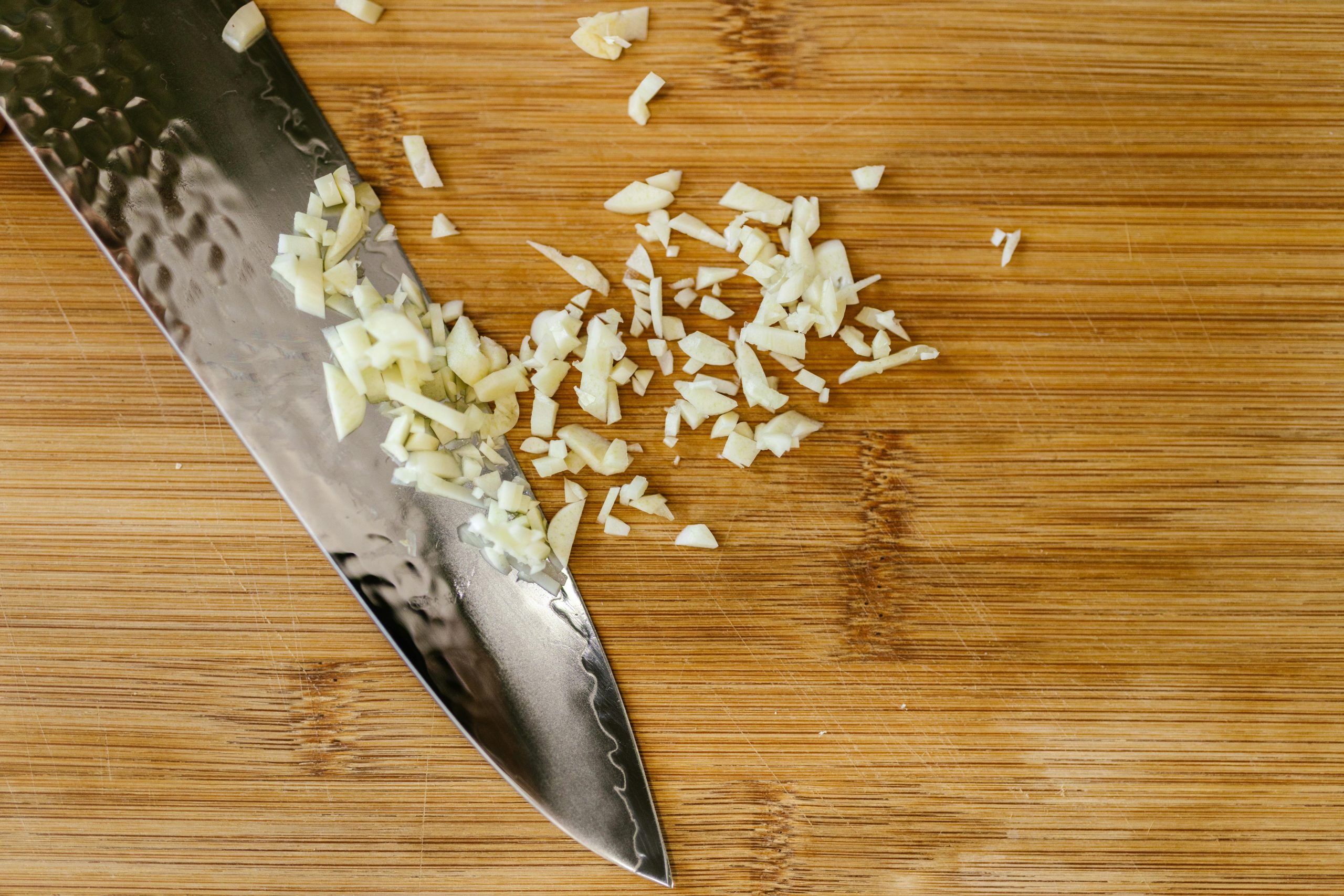In the first half of 2025, the practice of “skimpflation” has continued to hit the grocery aisles, and it has now come for some of our most basic kitchen essentials. To combat rising costs without raising prices, manufacturers are quietly reformulating these staple products, swapping out high-quality ingredients for cheaper substitutes and fillers. This has resulted in a noticeable decline in the quality and performance of products that home cooks have relied on for years. These five essential items are the latest victims of this deceptive cost-cutting trend.

Image Source: pexels.com
1. Butter and Margarine Blends
Several major brands of butter and margarine have been accused of changing their formulas to include more water and whey. Customers complain that the new versions have a softer, greasier texture and do not perform as well in baking. The change is often reflected in the ingredient list, where “water” has moved up to a more prominent position. This subtle change allows the company to sell you less of the expensive butterfat for the same price.
2. Mayonnaise
The core ingredients of mayonnaise are oil, eggs, and vinegar. To cut costs, some brands have quietly started using cheaper, lower-quality vegetable oils, such as soybean oil, in place of more traditional oils like canola. Longtime fans of brands like Hellmann’s have taken to social media to complain that the new formula has a greasier mouthfeel and a less tangy flavor than the classic recipe they remember.
3. Chicken and Beef Broth
Packaged chicken and beef broth are kitchen staples, but even they have seen a decline in quality. Consumers report that many popular brands now taste weaker and more watered-down than they used to. A comparison of the ingredient list often reveals that “chicken broth” is no longer the first ingredient; it has been replaced by “water.” The new formula relies more heavily on salt and yeast extract to create a flavor that was once derived from real meat and bones.
4. Jarred Minced Garlic

Image Source: pexels.com
The convenience of pre-minced garlic in a jar is a time-saver for many home cooks. However, some brands have started adding cheap fillers to their jars to reduce the amount of actual garlic in the product. The ingredient list might now include things like “water,” “phosphoric acid,” and other preservatives listed before the oil. This results in a product that has a weaker, less pungent garlic flavor.
5. Chocolate Chips
Bakers have noticed a disappointing change in some of their go-to brands of chocolate chips. To combat the high cost of cocoa, some manufacturers have reduced the amount of real cocoa butter in their chips. They replace it with cheaper vegetable fats like palm oil. This change results in chocolate chips that have a waxy texture and do not melt as smoothly.
The Disappearing Quality of a Staple
“Skimpflation” is particularly frustrating when it affects the essential, everyday ingredients we rely on for our home cooking. A change in the quality of a basic item can have a ripple effect. It impacts the taste and texture of every dish we make. It forces consumers to be ever-vigilant, as even the most trusted and reliable kitchen staples are no longer immune to these quiet and disappointing changes.
Have you noticed a decline in the quality of a kitchen staple you have used for years? Which ingredient change has been the most disappointing to you? Let us know!
Read More
